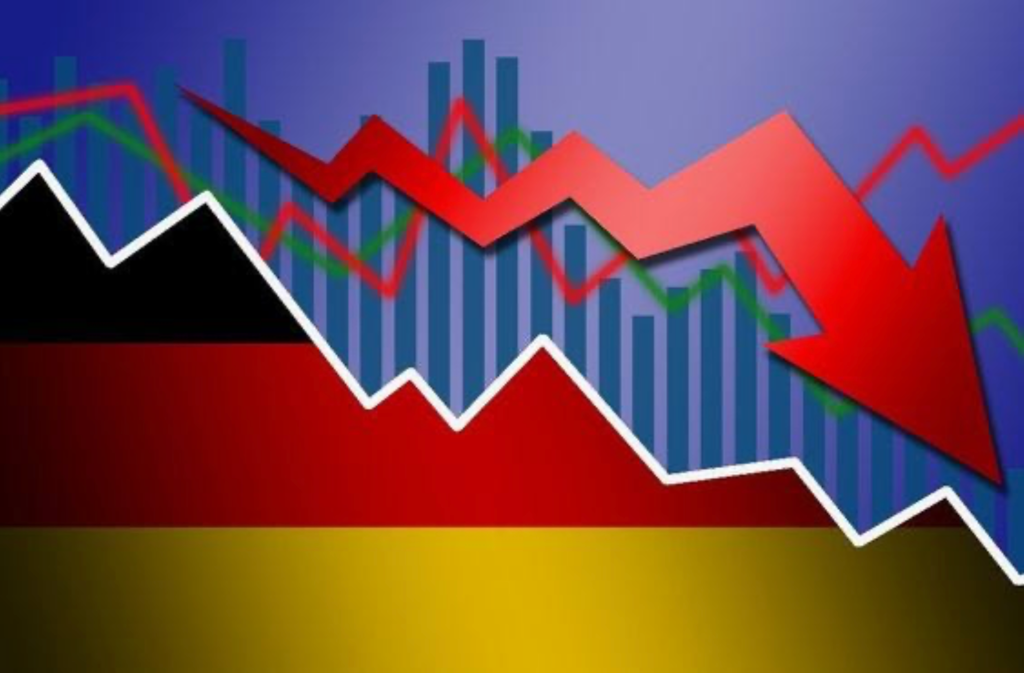by Meghna Rangan
June 13th, 2016
Quinoa – the recently discovered powerhouse amongst the superfood grains. Haven’t heard of it? Not surprising, as it wasn’t until as recent as 2014 that this energy-packed grain peaked in the grain market, gained its popularity mainly through the Western world’s healthy diet. The recent spike in Quinoa’s popularity, came as both, a boon and a curse to its original producers: the Andean farmers from Bolivia and Peru. Ranging from an absolute boom to an uprising slump, this global trend now has Andean farmers in desperate need to adapt efficiently to the quinoa market’s fluctuations in the supply and demand.
Following the original quinoa boom, in 2014, demand for quinoa spiked immediately, outpacing the capacities of agricultural supply. This had a twofold effect on Andean households: on the one hand, quinoa became unaffordable for most of the local households in Bolivia and Peru, as the demand spike caused prices to shoot up nearly three-fold. On the other hand, the massive price increase resulted in greater incomes for quinoa-producing households, boosting their consumption by 46% and improving standard of living. The ripple effect produced by this category of households, translated every 10% rise in price of quinoa to a 0.7% rise in average household consumption.
These benefits, however, did not go unnoticed by global markets. The rise in price, and its ripple effects, attracted competitors from over 50 countries to convert to quinoa production. Unlike the original Andean economies, these new suppliers from various parts of Europe and USA, were able to overcome the shortage in supply and high consumer demand. However, in increasing supply and successfully satisfying demand, the new competitors caused global prices for quinoa to plummet by 40%, adversely affecting Andean farmers with wages and household consumption falling by 5% and 10%, respectively, in Bolivia and Peru.
Currently, the Andean farmers are scrambling to find solutions to regain the upperhand they once held. One method of doing so, as adopted by some Andean farmers, is hoarding quinoa supply, and awaiting prices to rise before resuming sales. Unfortunately, the produce’s vulnerability to pests has made this a problematic and inefficient solution. Instead, farmers have begun to diversify the quinoa they are growing in the hope of breaking into a new niche market. In doing so, the Andean farmers can only wait and hope that consumers around the world recognize and acknowledge the creation of this niche market, that could eventually lead them back to the original benefits of the 2014 quinoa boom.






Leave a comment